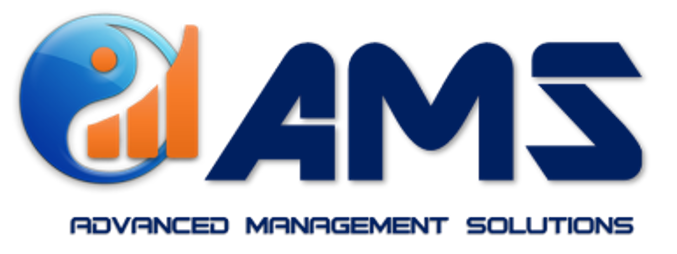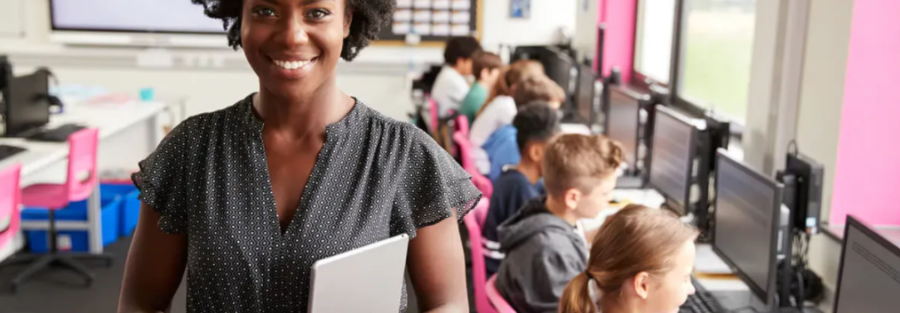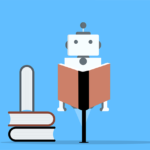Applications of AI technology in education include discouraging dropouts, streamlining grading, improving teaching strategies, and creating personalized learning opportunities.
When you hear the phrases “artificial intelligence” or “machine learning,” what sort of settings or images do they conjure? Many of us think of technology companies in Silicon Valley or robotics labs at elite research colleges and universities across the U.S. It’s unlikely that most would immediately consider artificial intelligence, or AI, in primary or secondary education.
Technology like AI changes our world at a rapid pace. Today, machine learning and artificial intelligence perform functions that seemed impossible just a few years ago. Though schools have reputations for being stodgy and slow to adapt, some of the newest advances in artificial intelligence have the potential to expedite the administrative aspects of teaching, freeing up teachers’ time to focus on more meaningful and effective classroom instruction.
How are K–12 schools using artificial intelligence creatively? Some examples include:
- Preventing dropouts
- Grading more quickly
- Providing differentiated, personalized learning
- Removing communication and language barriers
- Gaining better insights for teaching
Dropout Prevention
How can AI help prevent students from dropping out of school? By examining early warning signs gleaned from AI, teachers and administrators can intervene with at-risk students before they quit school.
Dropping out of school correlates with numerous factors including frequent absenteeism, poor test and project performance, incomplete homework, and a lack of participation in extracurricular activities. With educational data mining and perceptive analysis of data, school systems can intervene before dropouts occur.1
Implementing artificial intelligence systems early is key to preventing dropouts. Massachusetts introduced an early warning indicator system in 2011 that started collecting data about students starting in first grade and following them through 12th grade. Working with a national research organization, the system helps predict when students would miss academic milestones without intervention.2 In Tacoma, Washington, teachers and administrators increased high school graduation rates from 55% to 78% between 2010 and 2014 thanks to predictive analytics. The district partnered with a machine learning company and used data to intervene with at-risk students, helping accelerate the system’s high school graduation rate in a short time.3
Quicker Grading
Educators have been able to quickly grade simple multiple choice and true-false tests for decades, thanks to Scantron testing. However, with AI, automated grading now exists for fill-in-the-blank and complex multiple choice tests. Though in infancy, artificial learning is acquiring the ability to understand student essays as well. As this technology improves, it will free up teachers’ time so they can focus more on instruction and student interaction.4
Differentiated, Personalized Learning
In most traditional classrooms, teachers teach students all the same material the same way. The teacher teaches the same subject matter, skill by skill, at the same pace to all 20 to 30 students in class. This approach bores some students who have already mastered the skill. Others don’t understand the lesson, perhaps because they lack the necessary foundational skills. Some are too afraid to raise their hands to ask questions. And for a few, the lesson is being taught at a perfect pace.
Among the best ways artificial intelligence can help education is by offering differentiated, personalized learning through educational software. This adaptive learning studies the needs and current skill set of each learner and helps them to learn at their own pace. With this technology, a teacher can meet each student where they are in the learning process, and help them more effectively learn. This allows a teacher to teach students at multiple levels, challenging each individual student appropriately.4
Removing Communication and Language Barriers
Artificial intelligence also is making strides in narrowing the gaps for students with vision or hearing loss as well as those who speak other languages at home. A new PowerPoint plug-in called Presentation Translator works to level opportunities for students by creating real-time subtitles for teacher presentations. This machine learning can also help students taking courses by distance learning, whether due to illness or injury or because coursework isn’t offered at the school they attend.5
Better Insights for Teaching
As artificial intelligence studies more and more student work, it can determine common problem areas in learning. This has been particularly helpful in advanced and complex subject matters like chemistry and calculus.6 AI can help teachers pinpoint which exact concepts are most confusing to students based on which questions are most frequently answered incorrectly. Using insights gained from AI, teachers can target lesson plans and curriculum to spend more time bolstering difficult skills and less on more approachable ones, saving time for both teachers and students in the long run.4
Artificial intelligence will continue to refine teaching strategy and make elementary, middle, and high school education more effective for students in the years to come. As more technology becomes available, teachers, administrators, and school districts will be responsible for reliably learning and applying their insights to classroom instruction and beyond.
1Source: www.thetechedvocate.org/using-artificial-intelligence-to-lower-high-school-dropout-rates/
2Source: www.doe.mass.edu/ccte/ccr/ewis/
3Source: https://blogs.technet.microsoft.com/machinelearning/2015/06/04/ml-predicts-school-dropout-risk-boosts-graduation-rates/
4Source: www.onlineuniversities.com/blog/2012/10/10-ways-artificial-intelligence-can-reinvent-education/
5Source: www.forbes.com/sites/bernardmarr/2018/07/25/how-is-ai-used-in-education-real-world-examples-of-today-and-a-peek-into-the-future/#54710344586e
6Source: www.pbs.org/wgbh/nova/article/ai-technology-is-disrupting-the-traditional-classroom/
By: Walden University is accredited by The Higher Learning Commission






